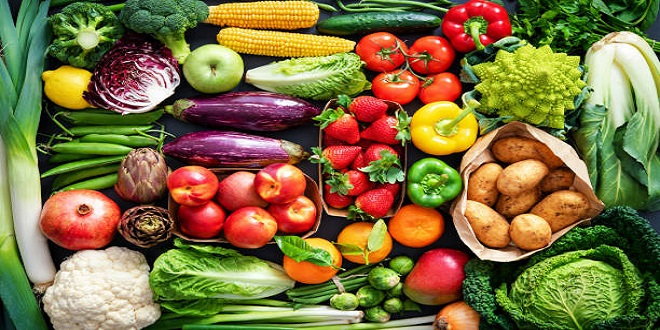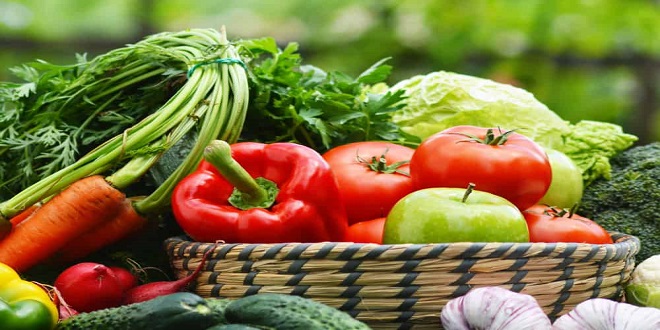
Hygrothermal changes of material properties occur due to moisture absorption and temperature variation; they are very important in thermal processing of foods. As drying is a process involving simultaneous moisture and heat transport phenomena, application of the term hygrothermal in the context of food drying can be referred as changes in the drying medium and food material properties induced by moisture and temperature.
At present, thermodynamic properties of drying air are very well documented. Reliable data for hygrothermal properties of the drying medium can be found in many engineering handbooks. Hence, no attempt is made to include this information in this chapter. On the other hand, hygrothermal data for diverse food materials is necessarily massive due to the vast variety of food products and the assorted parameters that are used to assess the product quality.
Read More: Komikli.net
Compilation of those data is very challenging. Therefore, for convenient and quick reference, only the fundamental knowledge on the effects of hygrothermal behavior to quality of food materials is reviewed and discussed here.
Selected literature is cited to illustrate the effects of moisture content and temperature changes in dehydrated product to the alteration of physical, chemistry and biochemistry properties of the food material.
Appropriate mathematical descriptions applied in estimation of the hygrothermal properties are provided while details of measurement and experimental methodology can be found elsewhere. Overview of some major deteriorative reactions in foods is presented and the discussion includes both the physical properties (effective moisture diffusivity, thermal properties, shrinkage and volume change) and chemistry and biochemistry properties (non-enzymatic browning, vitamin degradation, protein denaturation and enzymatic reaction).
HYGROTHERMAL EFFECTS ON CHEMICAL AND BIOCHEMICAL PROPERTIES
Temperature, moisture content and water activity are important physical factors in influencing the chemistry and biochemistry properties of food product during drying and storage. Water is not only an important medium for heat transfer and heat storage but also takes part in various biochemical reactions in food. A water molecule provides protons (H+), hydroxide ions (OH-), hydrogen atoms (H), oxygen atoms (O) and radicals. Hence, water may act as a solvent, reactant or dispersing agent in the food matrix (Chieh, 2006).
As such, condition of the water presents in dehydrated foods is very important as it affects several deterioration reactions in food such as nonenzymatic browning, lipid oxidation, vitamin degradation, enzyme activity, microbial activity and pigment stability (Osuna-Garcia and Wall, 1998). Moreover, dissolved species in food matrix are concentrated as water is removed during drying. As a general rule of thumb, reaction rate increases with temperature and reactant concentration.
Therefore, with the simultaneous concentration of dissolved solutes and elevated temperature during drying, reaction between species can be accelerated and thus increases the destruction rate of nutritional value (Labuza and Tannenbaum, 1972).
Browning Reactions
Colour is one of the important quality attributes for dried food products. Although the optical property is often an assessment of the physical appearance of the product, the color development is in fact the result of various chemical and biochemical reactions. Browning reaction, in either a positive or negative way, is an important phenomenon occurring in food during processing and storage. In brief, the major reactions leading to browning can be grouped into enzymatic phenol oxidation and non-enzymatic browning. Enzymatic browning is often catalyzed by the enzymes polyphenol oxidase (PPO), where the phenolics constituents are oxidized to quinones in the enzymatic reaction and then further polymerized to melanoidins (brown pigment) that has high molecular weight. On the other hand, non-enzymatic reactions are referring to Maillard reaction
Generally the rates of degradation follow the zero or first order kinetics while the dependence of degradation rate constant on temperature can be described by Arrhenius-type equation. However, the browning rate decelerates at high water activity values because of dilution effect on reactants concentration. The same phenomenon occurs at low water activity because solute mobility is limited below the monolayer.
Proteins
Proteins (also known as polypeptides) are basically polymers of amino acids. Examples of some important amino acids that are essential for humans are phenylalanine, valine, threonine, tryptophan, isoleucine, methionine, leucine, lysine, cysteine, tyrosine, histidine and arginine (Reeds, 2000; Young, 1994). H
Vitamins
Drying which involves simultaneous heat and moisture transfers can be a destruction process for both water-soluble and fat soluble vitamins. Water-soluble vitamin C (ascorbic acid) is the most labile component among all the vitamins contained in foods. Since ascorbic acid is soluble in water, it is readily lost via leaching from cut or bruised surfaces of food and also takes part in chemical degradation such as non-enzymatic browning It is rapidly destroyed by heat when in certain pH range and by oxidation.
Microbial Growth and Enzymes Activity
Enzymatic reactions can occur in low moisture foods if the enzymes are not inactivated by heating. Hence, reduction of water activity in the final product is a very important means to ensure the stability of the dried foods. The final product with sufficiently low water activity is safe from enzymatic spoilage in general because active water is not available for microbial growth (Chieh, 2006). Error! Reference source not found.
shows the water activity limits for the growth of some microorganisms and food examples within the range. It can be seen that the growth of most harmful microorganisms is inhibited at water activity below 0.60 or moisture content less than 10% in general. On the other hand, the amount of water content and value of water activity has a direct influence on the activity of enzymes that is naturally present in the food system as well.





